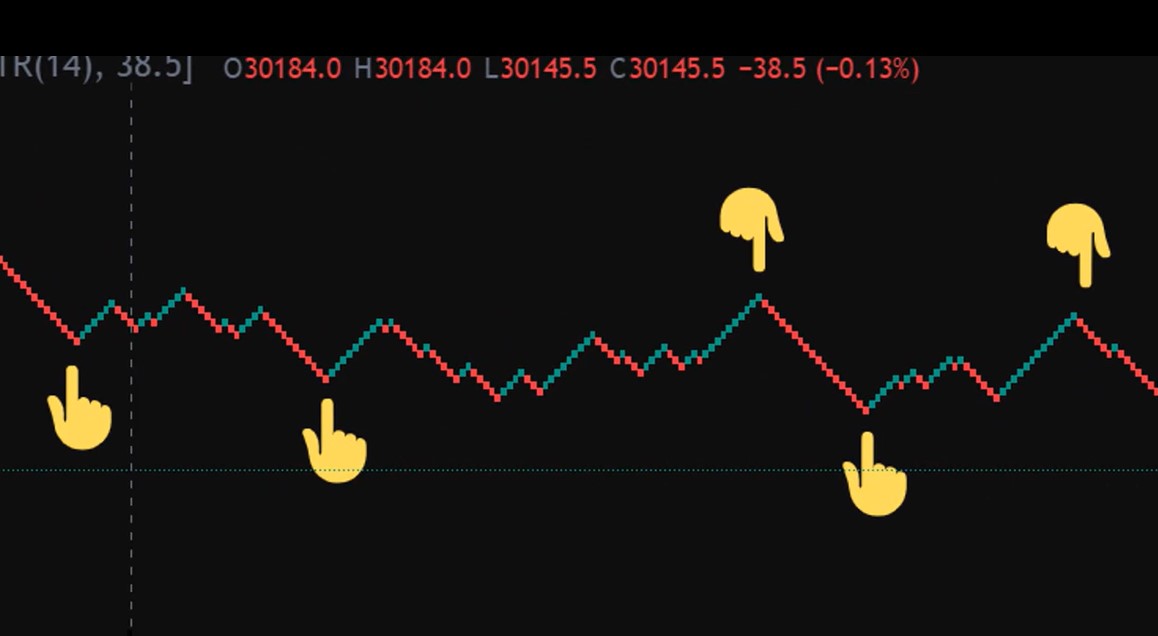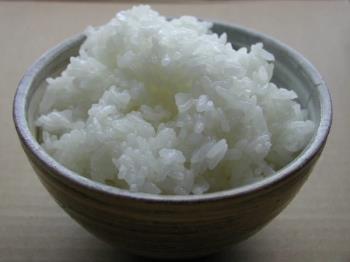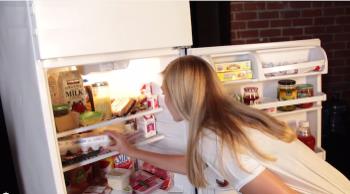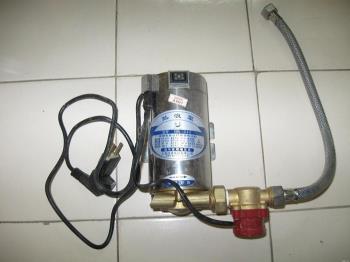Similar to the refrigerator , the freezer is also an electrical appliance with a large capacity and must be plugged in all day. Therefore, many people wonder if the freezer consumes a lot of electricity, how to use the freezer to save electricity? Along with WebTech360, find the answer through the article below!
1. Does the freezer consume electricity?
The answer to the question of whether the freezer consumes electricity or not is yes. Because the freezer is an electrical device operating with a large capacity. The working capacity of the freezer depends on its actual capacity. Usually the mini freezer or the milk freezer, the working capacity is about less than 100W. Meanwhile, the 300 to 500 liter freezer has a capacity of about 180W… Thus, the larger the capacity, the higher the working capacity of the freezer.
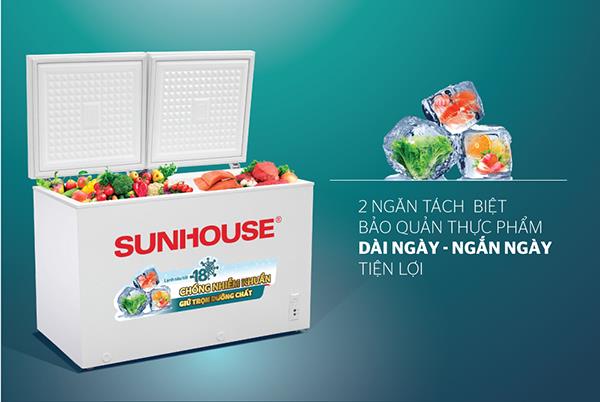
Sunhouse 300 liter freezer SHR-F2412W2 works with a capacity of 183w.
Since freezers operate at high capacity on a regular basis, it consumes a lot of electricity. The higher the capacity of the freezer, the more power it consumes while operating. For example:
- If the freezer has an operating capacity of about 150W, the power consumption is about 1.5 to 2kW / day.
- If the freezer has a capacity of about 180W, the power consumption is about 1.9 to 2.5kW / day.
In particular, old freezers or liquidation freezers will consume much more electricity than new ones, because the system is weaker, the walls are poorly insulated ... So you can certainly not expect a freezers save electricity when buying old freezers or disposing of them.
Although the freezer consumes the household's monthly electricity, the electrical usage of the refrigerator also depends on many factors such as temperature, food preservation, usage ... So, you can completely weigh reduce energy costs and control your freezer at home.
2. How to save electricity when using the freezer
If you know how to choose the right type of freezer and use it correctly, you can still save significantly on electricity consumption.
- Adjust the freezer temperature appropriately
Customize the freezer temperature according to the quantity of food and the standard coldness of the foods. This both saves the maximum amount of electricity and ensures the freshest food. On average, the freezer compartment should be at 7-8 degrees Celsius, there is no need for the maximum cold and the freezer compartment should be at -18 degrees C instead of -22 degrees Celsius.
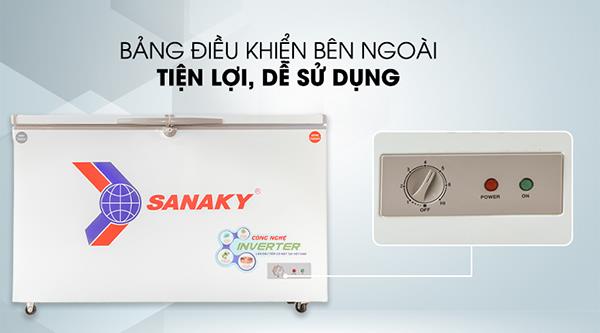
Adjust the freezer temperature depending on how much food you keep.
- Do not put the food too thick
Trying to put lots of food in the freezer is a mistake that many people make. This not only makes the refrigerator to operate continuously at maximum capacity, leading to "consuming" a lot of energy, but also makes the freezer overload, not cold.
Therefore, when storing food, you should not place food too thick and too tight together so that cold air can convection well, cool all food in the refrigerator, reduce power consumption. Note, food should not cover the fan because it will reduce cooling efficiency and increase electricity consumption.
- Limit open and close cabinets continuously
Regular opening of the refrigerator causes cold air inside to be released, leading to pressure on the refrigerator to work harder to meet the necessary heat level for freezing food. From there, it consumes more power or the freezer is not cold, reducing the life of the device.
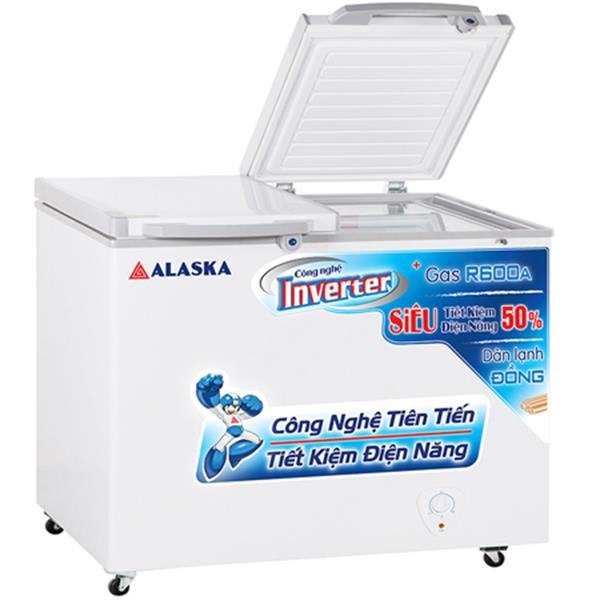
Opening the refrigerator frequently causes cold air to be released to the outside.
If you have to open the cabinet, you should close it as soon as possible. You can also opt for a freezer with a safety lock to prevent children from opening the freezer or to control how many times it opens. Make sure the door is closed at all times.
- Clean regularly, defrost periodically
Defrosting the freezer is very important. You should defrost once a week to clean the indoor unit, to improve cooling efficiency. Or when the snow layer is about 3 to 5 mm thick, you should defrost and clean the inside of the refrigerator. The thick freezing of snow reduces storage space and absorbs more heat, reducing the efficiency of use of cabinets.
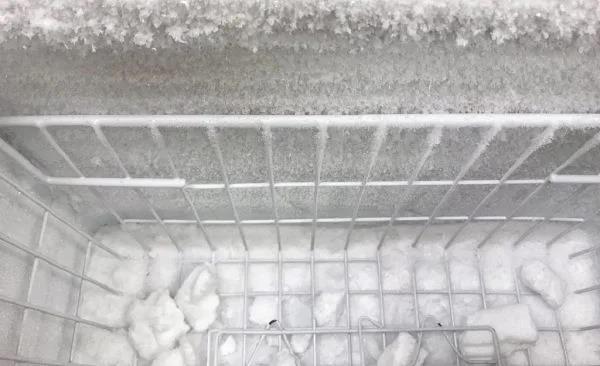
You need to conduct regular defrosting every 2 weeks.
At the same time, you should also check the drain valve, reduce the freezer runoff, as well as clean it every 2 or 3 months to optimize freezing performance and product life. Cleaning the freezer regularly will keep the air fresh, limit bacteria and mold, and save energy for the refrigerator.
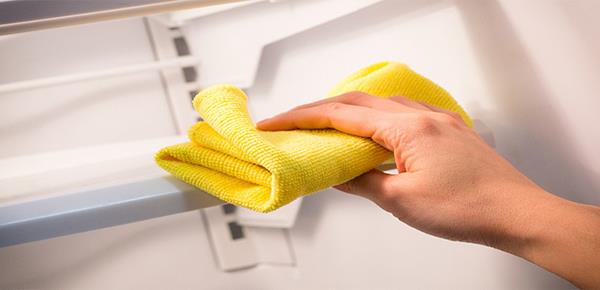
Should clean the cabinet periodically so that bacteria, mold can not reproduce.
- Choose to buy energy-saving freezers
Power- saving Inverter technology can save about 30% - 50% of electricity compared to the type without inverter, helping the machine to operate smoothly, reducing noise. However, the freezers applying Inverter technology have a high price compared to conventional freezers. So, to save costs, you can refer to some energy-saving freezers such as copper freezers, R600A gas freezers ...
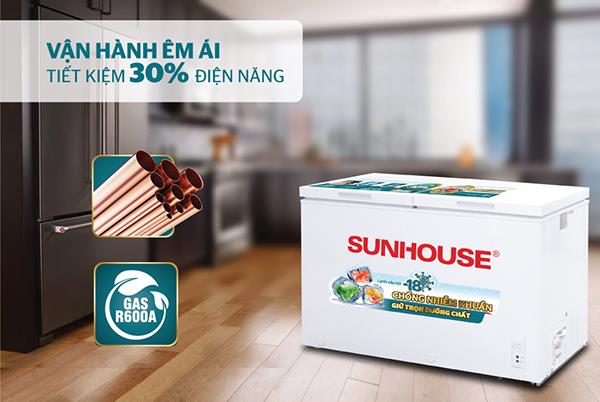
To save electricity for effective freezers, you should choose the type of freezer with copper and gas R600A.
Before choosing to buy a freezer, you need to determine the need as well as the amount of food to be stored. Besides, it is also necessary to choose a freezer with a reasonable capacity and capacity with the number of family members, avoiding wasting cabinet space, causing costly electricity.
For stores and supermarkets wishing to display products, you should buy glass-faced freezers for customers to easily observe, limit opening cabinets, causing electricity consumption.
Also, keep the freezer in a flat, dry place. Do not place it near a place with high heat sources such as a stove or direct sunlight. Should be placed at least 10cm away from the wall and 5cm high.
Above is information about the freezer and tips on how to use the freezer to save electricity. Hopefully, with these tips, you can significantly reduce your family's electricity bill.







